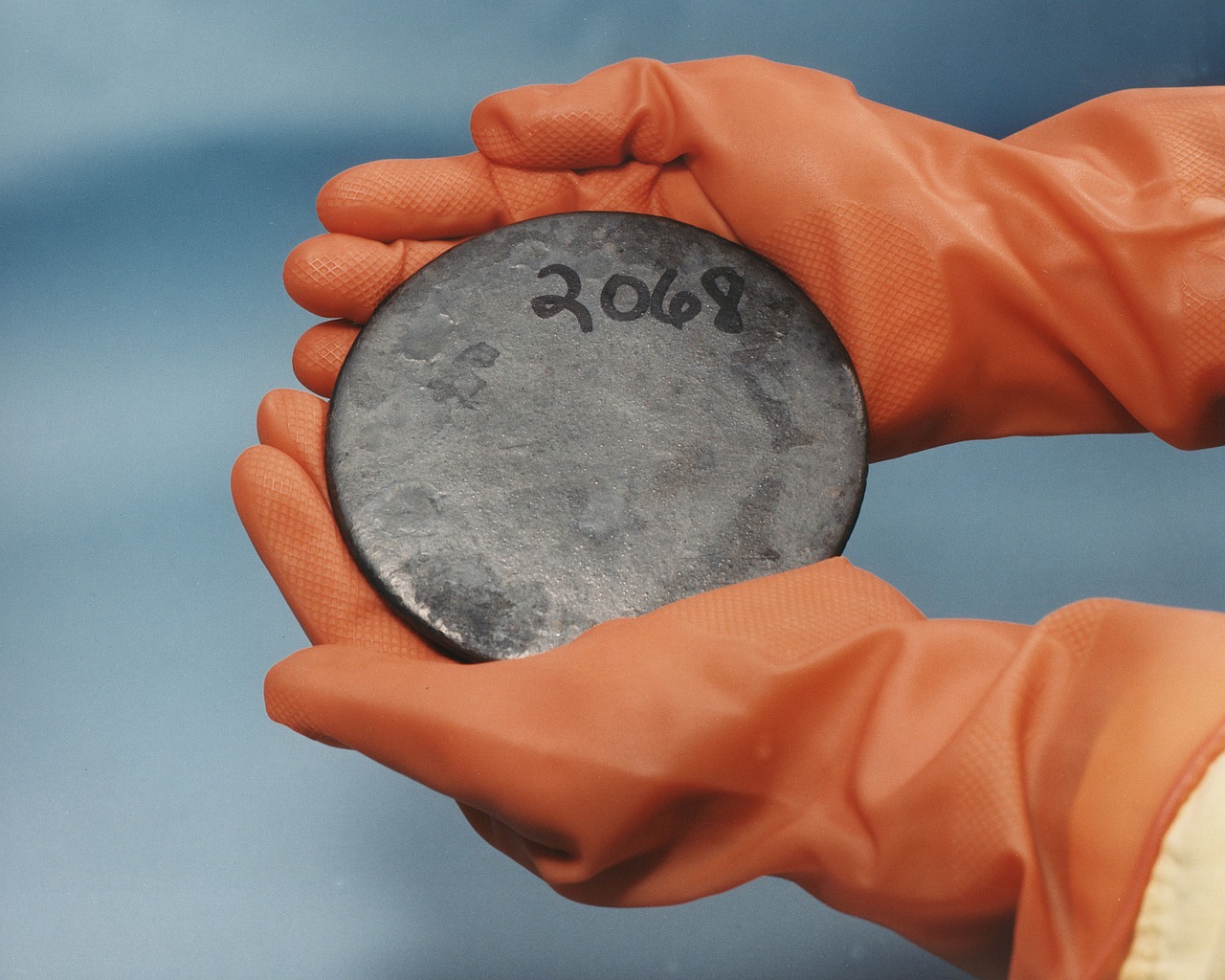In the world of commodity trading, uranium stands out for its unique properties and critical role in modern energy generation. As the primary fuel for nuclear power plants, uranium’s significance extends far beyond its market value – it represents a cornerstone in the global quest for clean, reliable, and efficient energy sources. In this post, we will explore the world of uranium: its uses, market dynamics, and the implications of its trade in the current global energy landscape.
The Role of Uranium in Energy Generation
Uranium is a heavy metal with extraordinary energy-generating capabilities. It’s the fuel used in nuclear power plants, where it undergoes a process called nuclear fission. In fission, uranium atoms split to release a tremendous amount of heat, which is then used to generate electricity. This process is known for its efficiency and for producing a consistent and reliable power output.
Global Uranium Reserves and Major Producers
The world’s uranium reserves are vast yet unevenly distributed. Major reserves are found in countries like Kazakhstan, Canada, and Australia, which are also the top producers. Kazakhstan leads the world in uranium production, followed by Canada, known for its high-grade uranium deposits, and Australia, which possesses the largest known uranium reserves.
Market Dynamics of Uranium
Supply and Demand
The uranium market is characterized by its complex supply-demand dynamics. The demand for uranium is directly tied to the health of the nuclear power industry. As countries seek low-carbon energy solutions, the demand for uranium is expected to grow. However, the development of new nuclear power plants is often slowed by high capital costs and regulatory challenges.
Price Volatility
Uranium prices have experienced significant volatility over the years. Factors such as changes in energy policies, environmental concerns, and geopolitical events can greatly impact the market.
The Role of Governments
The uranium market is heavily influenced by government policies. Many countries, viewing nuclear power as a strategic asset, maintain tight control over uranium mining and trading.
The Future of Uranium
Nuclear Energy and Climate Change
As the world grapples with climate change, nuclear energy is often touted as a part of the solution, thanks to its low greenhouse gas emissions. This positions uranium as a critical resource in the global transition to cleaner energy sources.
Advances in Nuclear Technology
Advancements in nuclear technology, such as small modular reactors (SMRs) and next-generation reactors, could reshape the demand for uranium. These technologies promise to be safer, more efficient, and more adaptable to different environments.
Uranium and Geopolitics
The global nature of uranium trade makes it susceptible to geopolitical tensions. Issues around nuclear proliferation and security continue to influence uranium mining, trading, and international agreements.
Conclusion
Uranium’s role in the global energy mix is complex and multifaceted. As the world increasingly focuses on sustainability and security in energy sources, understanding the dynamics of the uranium market becomes more crucial. Whether you’re an investor, a policy-maker, or just an interested observer, staying informed about the developments in the uranium sector is essential. At CommodityTrader.com, we provide the insights and analyses to help you navigate this unique and vital market, keeping you ahead in the rapidly evolving world of energy commodities.
Image by WikiImages from Pixabay


Leave a Reply